Create a school culture which improves wellbeing
Case study
School details
School name: Kensington Primary School
Location: Newham
Phase: Primary
Number of pupils: 700
Contact details: Email Headteacher Ben Levinson at info@kensington.ttlt.academy

Impact and outcomes
By engaging with our staff about workload, we have created a culture of wellbeing and ongoing reflection.
We have relentlessly removed unnecessary tasks or reduced them to their essential components, especially when the justification for doing them was ‘that’s what everyone else does’ or ‘that’s what OFSTED, DfE or some other body want’.
As a result, in our most recent wellbeing survey, 95% of our staff believed they completed their work ‘on time’ and, consequently, over 70% answered ‘very much so’ to the question: do you have a life outside work?
Background from Ben Levinson, Headteacher
We have always focused on thinking about what we do and why. This is one of our guiding principles at Kensington Primary School.
At the heart of it all is the school’s culture and ethos. Without getting this right, I strongly believe that any initiatives or ideas will fall flat. Below I’ve tried to distil some of the key components of the work that we have done. You can also watch a short video about our work.
Wellbeing and workload are central to our culture
Call it what you want – vision, ethos, culture – for us, what we believe and what we stand for is at the centre of everything we do. We worked hard to ensure this was clear and concise rather than bland, meaningless, one-size fits all management-speak.
Our vision: a place everyone loves to be.
Our strategic goals: all in this together; take care of ourselves and each other.
Our guiding principle: thinking about what we do and why.
For us, if our ethos didn’t link in some way to workload, then we believed initiatives were doomed to fail. You can put in place any policies you want but if your senior and middle leaders are demanding more, more, more, then they won’t be worth the paper they’re written on.
Empower staff by improving workload
In the early days, we felt that staff weren’t sufficiently engaged in our approach to make the best decisions for the children. Therefore, our early initiatives focused on hard, practical realities:
- changing the timetable
- providing medium term plans as a starting point
- blocking out time for staff to undertake continuing professional development (CPD)
- removing telephones from classrooms
- creating a school calendar
Over time, we have empowered staff to use their professional judgement to make the best decisions for their children. This can be seen in our marking policy, which encourages you to mark when you believe it will make the greatest impact on teaching.
Work together and support when needed
We strongly believe that we are all in this together. We do not monitor staff or tell them off if they haven’t marked their books. Everyone here is doing the best job they can do.
Inevitably, there are times – for all of us – where our focus is distracted, or we need some support. When this happens, we work as a team.
If it looks like a teacher is doing too much, we will work with them to help identify how they can effectively use their time. Equally, if opportunities for feedback are being missed, we will help them identify when best to intervene.
Engage with all staff regularly
Throughout, we have worked with staff. This has taken many forms – both formal and informal.
There are many times when we have adapted what we were doing because the pace of change meant that cracks were beginning to show.
We now have ‘Kensington Matters’ groups – cross-sections of staff that get feedback on key initiatives and how these are rolling out across the school.
We regularly play a game called ‘keep, tweak or ditch’, where we ask staff and children to organise different initiatives into the three categories. We then use this to evaluate work and decide on next steps.
Every year we ask staff to list anything they do that doesn’t positively impact pupils. This has dwindled from a full sheet of post-it notes in the first year to one or two at the last attempt.
Use research to inform these decisions
There is a huge amount of research on education. There is also your lived experience.
The reality is there isn’t enough time in the day. We wanted everyone to be making explicit decisions about which tasks were prioritised and which were left, based on research.
When we considered what we do and why, we used the research from the Education Endowment Foundation and John Hattie on what works as starting points.
We also spent time considering Pareto’s Law: 20% of the inputs create 80% of the outputs. We discussed what we believed the 20% was for us and then supported staff to focus on doing these first and foremost.
Be open to changing your approach
All of this is part of an ongoing process. As the school continues to change, we will tweak some initiatives and ditch others.
What won’t change is our focus on staff wellbeing. Teaching is an incredibly demanding profession. We strongly believe that for the children to be the best they can be, we need to take care of ourselves and each other.
Share this resource
Share your ideas
You can help other school leaders by sharing what has worked in your school.
Help improve our service
Your feedback will help us improve our service on workload and wellbeing for all school staff.

